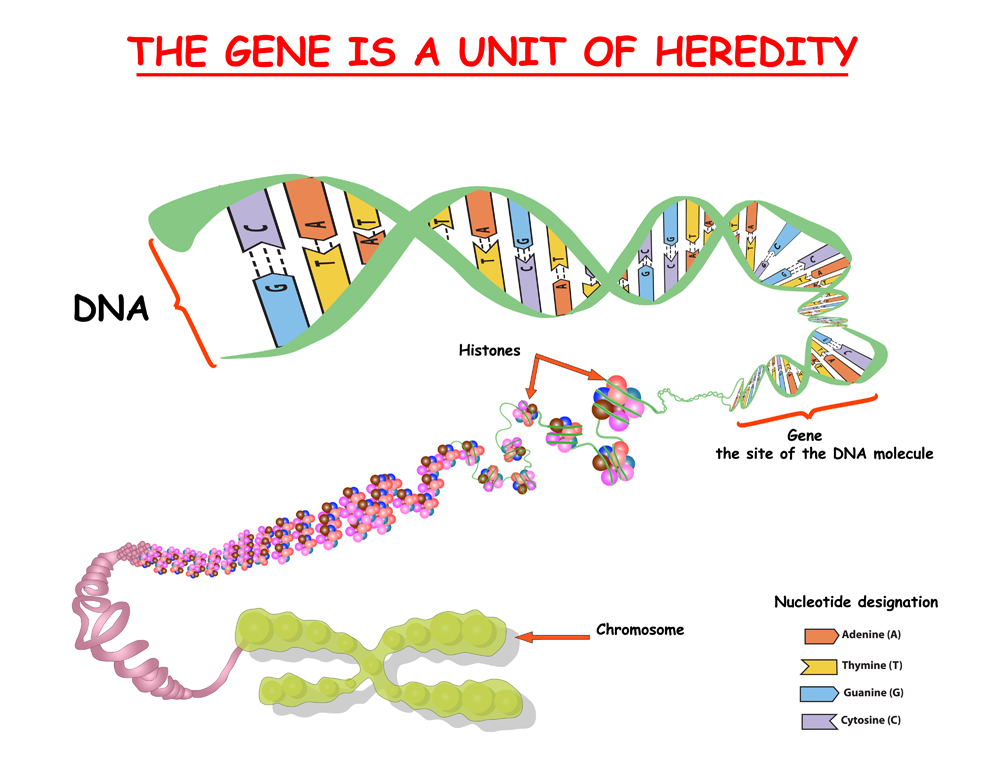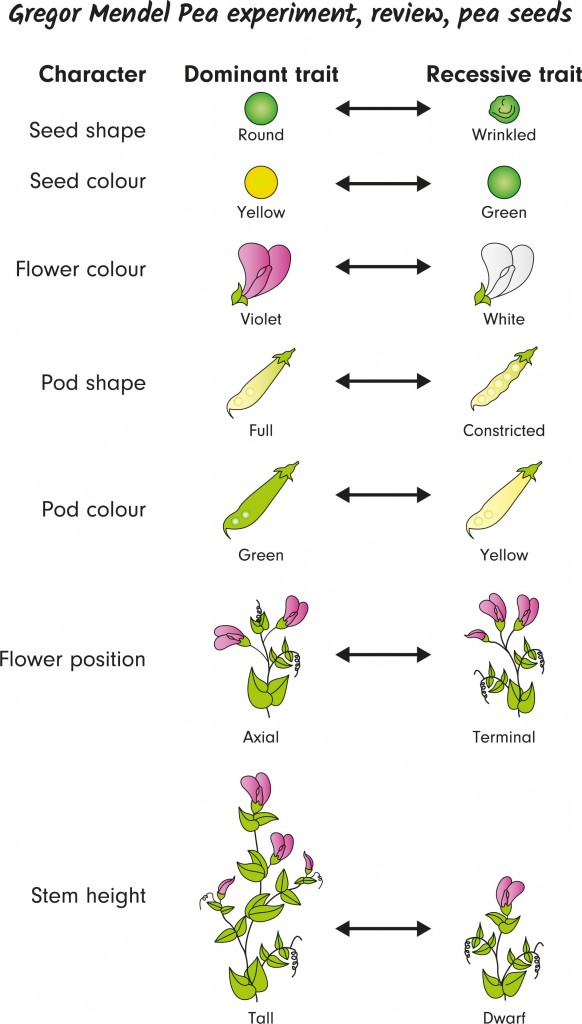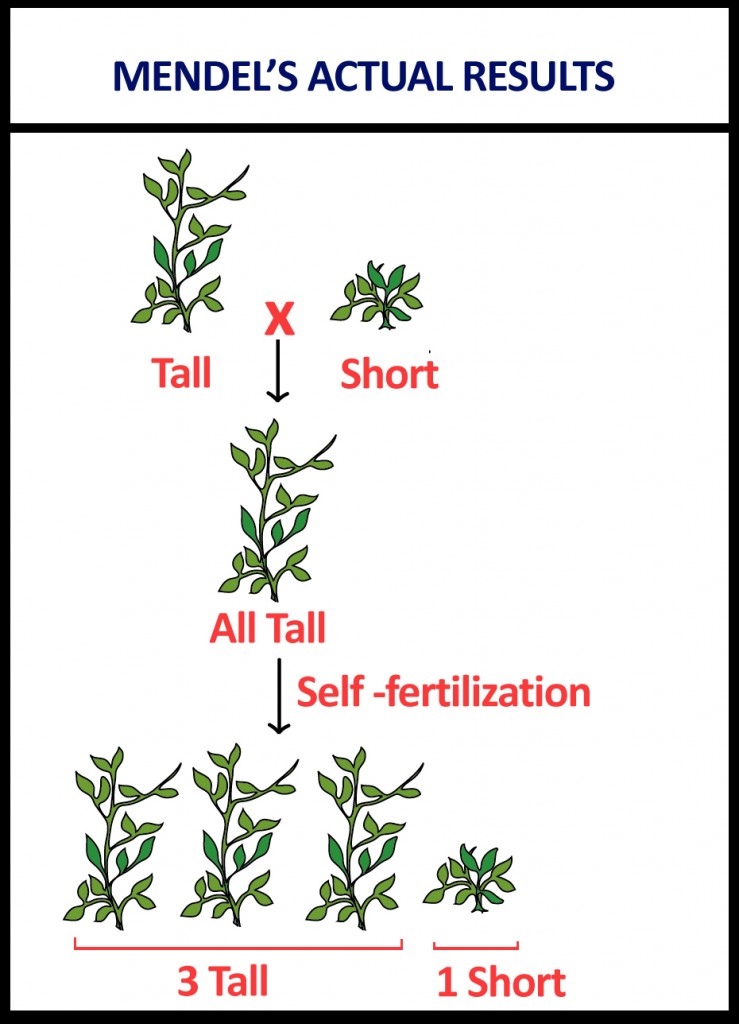Table of Contents (click to expand)
Some people look like their grandparents because they inherit a similar genetic makeup as that of their grandparents. This has to do with the Law of Dominance.
We have all experienced those moments when someone approaches us at a family party and instantly relates us with our grandparents. There are also times when someone casually tells you that you don’t look like your parents, but then another time they’ll mention that you look more like your grandmother or grandfather! Well, this resemblance is not uncanny; it is actually quite scientific. Don’t worry, by the end of this article, you will know why!

Our genes contribute significantly to our physical appearance. Genes are hereditary; that is, they are passed from one generation to the next, and each individual is a product of his or her genetic composition. A person gets his or her genes from both parents in different combinations. Their parents, in turn, get their genes from their parents. What’s interesting is that this transmission never eliminates any genes; only the combination varies. So, if your genetic combination is similar to that of your grandparents, you end up looking more like them than your parents!
What Are Genes And Heredity?
Every living being on earth is a product of its unique genome. Scientifically, genes are small sections of DNA that contribute to the coding of proteins. They are not randomly arranged but specific to each protein an organism needs to function. In human cells, the DNA on the chromosomes is located in the nucleus.

An easy way to understand what genes do is to look at yourself as an example. Are your eyes green? If so, then either or both of your parents have green eyes. Do you have blond hair? If the answer is yes, then someone from your paternal or maternal family must also be blond. Besides physical characteristics, genes are also responsible for transmitting diseases. A prime example of such a condition is a disease called hemophilia, which runs in the family of Queen Victoria.
Every organism acquires genetic information from its parents. This transmission of traits from parents to their offspring is called inheritance. From this, it can be concluded that genes are the functional units of inheritance. It is this interplay of genes and inheritance that has led to the diverse world we see today. However, the pattern in which genes are inherited could explain that we sometimes resemble our grandparents!
Also Read: What Are Monogenic And Polygenic Traits?
What Are The Laws Of Inheritance?
Interestingly enough, genes are passed down from generation to generation in certain patterns, which were first studied by Gregor Johan Mendel. Mendel was originally a priest, but his keen and observant eye drove him to study the characteristics of pea plants. He spent years studying the differences in their height, the color of their flowers, the type of seeds, etc., based on the pairings of their reproduction, and his praiseworthy research earned him the title by which he is now known: the father of modern genetics.

Before we deal with the laws of inheritance, let us take a look at alleles: an allele is, in simple terms, an alternative form of a gene. Any gene can have several alleles. For example, a gene for height will have two alleles, short and tall. A gene for color can also have two alleles, such as red and white. Alleles in a certain combination result in a trait!
According to Mendelian genetics, there are three laws of inheritance. The Law of Dominance states that in one gene, one allele is dominant over the other. This “other” allele is called a recessive allele. Generally, a pea offspring with one tall allele and one dwarf allele proves to be tall. This means that the tall allele is dominant over the other.
The Law of Segregation states that alleles separate during the formation of the male and female gametes, which means that only one allele for height comes from the father, while the other allele comes from the mother. These alleles combine randomly when the sperm and ovum fuse. Finally, the Law of Independent Assortment states that alleles of one gene do not mix with alleles of another gene. For example, an allele for height won’t mix with an allele for eye color!
Also Read: Mendel’s Laws Of Inheritance: What Is The Law Of Independent Assortment?
Why Do Some People Look Like Their Grandparents?
Now that you understand the basic laws of inheritance, you may be able to find the answer to this article’s question. The Law of Dominance is mainly responsible for such an occurrence. In Mendel’s pea plants, two plants were made to reproduce; a process called “cross”. One plant was tall and the other short. After crossing, the next generation of plants contained only tall plants. Therefore, one could conclude that the allele for tall height was dominant, and therefore hid the effect of the dwarf allele.

Interestingly, when this generation of tall plants was crossed amongst themselves, the next generation came up with both tall and dwarf plants. How did this happen when both the parent plants were tall? Well, the answer lies in the genes. Although the previous generation was all tall, the generation possessed the alleles of dwarf height. When recombined, it formed genetic combinations that produced both short and tall plants in the new generation. Even more intriguingly, this phenomenon occurred in precisely defined ratios – 3:1!
This example can also be applied to the human case. Even if your parents may look a certain way, their genes still have the alleles of their parents. In your case, a similar pathway can be observed; the alleles in you must have recombined in such a way that they represent those of your grandparents! This can lead to you either looking physically similar or possibly having a disease that one of your grandparents has experienced.
The next time someone tells you that you look exactly like your grandparents, you can blame it on your genes!
Also Read: What Is Mendel’s Law Of Dominance?
Do you know why some people resemble their grandparents more than parents?

